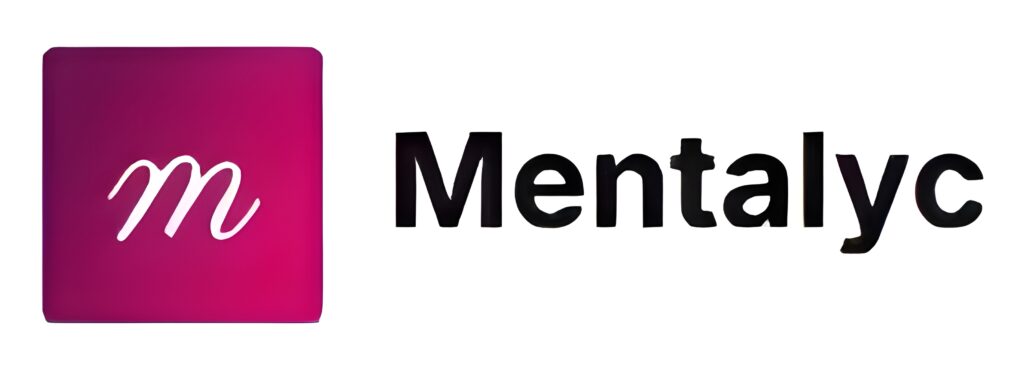Have your progress notes written for you automatically
If you’re a mental health clinician, there will be times when you have to reach out to your clients between sessions. When you contact a client outside of the session, you want to document this in your client’s chart.
Documenting all interactions with clients outside of the session is good practice. You may contact a client outside of a session for many reasons. For example, this may be for rescheduling purposes, or there may be something relevant to the client’s treatment that has come up that you would want to contact them for. Additionally, contacting your client or client’s contacts may be to gather collateral information, provide treatment updates, or notify someone on the client’s contact list that there’s been an emergency.
There are many pieces of a contact note to consider. For example, some mental health professionals may choose to bill for contact notes; other times, therapists may decide not to bill for these interactions. Additionally, contact notes can be entered for any contact you may have with the client’s care team or other people they have signed a release of information.
Contact notes also can help protect you in case of an audit, or if a client or insurance company requests your records, you can ensure all communication is adequately documented.
What is a contact note?
Contact notes are simple notes that go into a client’s chart involving communication not part of an intake or psychotherapy session. You can enter contact notes for clinical or non-clinical reasons. Contact notes document communication between the mental health professional and the client or a mental health professional and one of the client’s contacts.
You can bill for contact notes. There are various reasons why a therapist might enter a contact note.
Some common reasons for entering a contact note are:
- Reschedule a session
- Follow up on a records request
- Speak to someone with the client’s permission that is necessary for treatment purposes.
- Speak to other healthcare professionals on behalf of the client
- Documenting no-shows or client cancellations
- Gather additional information from other healthcare professionals on the client’s treatment team
Any reason you would speak to a client outside of a session is a good reason to document a contact note. However, it’s important to note that if you are talking to someone on your client’s behalf, you ensure you have a signed authorization to release information from your client. You could violate HIPAA and confidentiality laws if you speak to someone about your client without a signed release.
Why are contact notes important?
Documenting communication helps protect you and your client. For example, if there were to be any audit of the client’s chart, then contact notes could explain the steps you took to reach out to the client and contact them in sticky situations.
Contact notes also can show that you’ve involved other necessary parties in the client’s treatment when it’s called for. For example, if you needed to consult with a client’s primary care physician or had a case where Child Protective Services was involved, you would want to be able to document all of your interactions with outside agencies or people.
Contact notes are also beneficial to ensure that all scheduling and rescheduling of sessions are adequately documented. It also allows you to write a no-show or cancellation note and charge for those things when necessary per your policies.
What should I include in a contact note?
The purpose of contact notes is to document communication succinctly.
Some components of a contact note include:
- Date and time of contact
- Name of the person you’re communicating with and their relationship to the client
- The reason for the communication
- Means of communication (phone, e-mail, fax, etc.)
- Details of the communication, including information exchanged and the outcome of the communication
- Total number of minutes on the contact
- A note stating whether the client will be billed or charged for the communication or not
If the therapist has to do a lot of work outside of the session for a client, they may choose to bill for communication with others. Sometimes, a therapist may choose not to bill for outside contacts.
Examples of contact notes
Contact notes are varied. If you write contact notes, here are some examples of circumstances where you might need them:
Contact note for a no-show or cancellation
Client name: Jane Doe
Date and time: 4/25/2023 1:00 p.m.
Contacted Person: Jane Doe
Reason for communication: The client did not show up for their scheduled session
Means of communication: Phone and e-mail
Summary of communication:
The client did not show up for their scheduled session. The therapist waited 15 minutes before contacting the client, and the client did not answer their phone. The therapist sent a follow-up e-mail. Per the therapist’s policies, the client will be charged a no-show fee.
Minutes of contact: 5 minutes
Client will be billed for this communication: No.
Contact note for an outside agency
Client name: Jane Doe
Date and time: 4/27/2023 8:30 a.m.
Contacted Person: The client’s previous therapist
Reason for communication: To gather previous information from the client’s previous therapist
Means of communication: Phone and fax
Summary of communication:
The therapist consulted with the client’s previous therapist for a case review and consultation. The client has a signed release from their last therapist, and the client asked this therapist to speak with the client’s previous therapist about what they were working on.
The client’s previous therapist gave the therapist an overview and treatment summary of what the client and she were working on in treatment. In addition, the therapist faxed a treatment summary to me for me to review before the client’s next session.
Minutes of contact: 20 minutes
Client will be billed for this communication: Yes.
Contact note for therapist rescheduling a session
Client name: Jane Doe
Date and time: 4/28/2023, 3 p.m.
Contacted person: Jane Doe
Reason for communication: Family emergency, need to cancel the session
Means of communication: Phone call
Summary of communication:
The therapist contacted the client at this time. The therapist contacted the client due to a family emergency and asked the client if they would like to reschedule their session for next week. The client stated they could schedule at their standard time for the following week.
Minutes of contact: 2
Client will be billed for this communication: No.
Contact note for a client e-mailing outside session
Client name: Jane Doe
Date and time: 5/1/2023, 6 p.m.
Contacted person: Jane Doe
Reason for communication: Follow-up to client’s e-mail
Means of communication: E-mail
Summary of communication:
The client e-mailed the therapist on Tuesday at 8 p.m. The client reported feeling overwhelmed with their family relationships and asked for resources to set boundaries. The therapist e-mailed the client back, gave them some resources on boundary setting, and informed them that they could process family relationships in their next scheduled session.
Minutes of contact: 5
Client will be billed for this communication: No
Contact note to provide an update
Client name: Jane Doe
Date and time: 5/3/2023 1:30 p.m.
Contact person: Jane Doe’s mother
Reason for communication: Provide the child’s mother with an update, gather information from the child’s mother, and schedule a family session.
Means of communication: Phone
Summary of communication:
The therapist contacted the child’s mother to gather information about how the child behaves at home and school. The client’s mother reported the child is doing well in school and asked for tips on redirecting behavior at home. Next, the therapist provided the child’s mother with some strategies for redirecting behavior at home using gentle parenting techniques. Finally, the therapist suggested they schedule a family session for next week.
Minutes of contact: 30
Client will be billed for this communication: Yes.
Contact Notes and billing considerations
When writing a contact note, consider your or your agency’s policies for contacting clients or gathering collateral information outside of the session. For example, if you’re a private practice clinician, you may charge a fee for contact time outside of sessions or if a client needs to check in about something.
If you accept insurance, you may be able to bill the time you’ve spent talking to or gathering information about the client. Your agency may dictate what this looks like if you work at an agency. If you’re a private practice clinician that doesn’t accept insurance, you may choose to set your fees for contact outside of sessions with clients.
Overview of Contact Notes
Contact notes are brief notes regarding contact with a client outside of regularly scheduled sessions. Contact notes should be documented in a client’s chart when you spend significant time outside the session talking or gathering the necessary information for the client’s treatment.
Contact notes are brief but should document the information exchanged and the communication outcome. There are several reasons for recording contact notes. Still, they are to help keep track of information to help the clinician refer back to and to document any information that could be helpful to the clinician in the future.
Disclaimer
All examples of mental health documentation are fictional and for informational purposes only.










